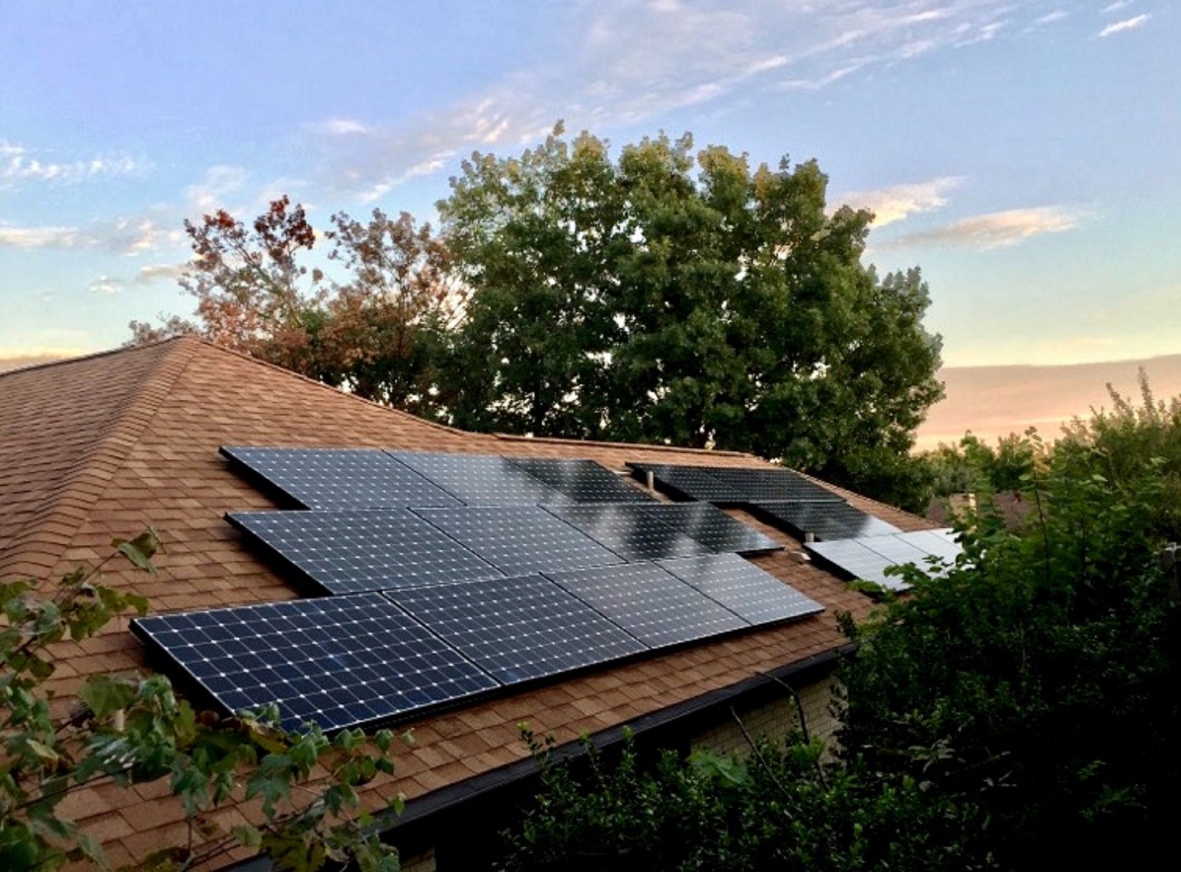Blackouts, or power outages, are unfortunate for many communities worldwide. A blackout can occur for various reasons, including weather-related events such as hurricanes, tornadoes, and winter storms, equipment failure, and human error.
Blackouts can last from a few minutes to several hours, sometimes days or weeks.
The impact of blackouts on critical infrastructure can be severe, and this article will explore the consequences and potential solutions to this problem.
What is Critical Infrastructure?

Critical infrastructure refers to the assets, systems, and networks essential to society's functioning.
These include power grids, water and sewage systems, communication networks, transportation systems, hospitals, and emergency services.
The failure of any critical infrastructure component can have significant consequences on public safety, economic stability, and national security.
What is The Impact on Critical Infrastructure During a Blackout?
The impact of blackouts on critical infrastructure is far-reaching and can cause disruptions to essential services, which can be life-threatening.
A blackout's most immediate and visible impact is the loss of electricity.
This can result in the loss of lighting, heating, and cooling systems and the inability to charge essential electronic devices such as cell phones, computers, and medical equipment.
Power Grids
Power grids are the backbone of our electricity system, and blackouts can cause significant damage to them.
Blackouts can cause power surges, damaging transformers, generators, and other equipment.
This damage can take weeks or months to repair, and in some cases, the equipment may need to be replaced entirely, which can be costly.
Water and Sewage
Water and sewage systems also rely on electricity to function. When a blackout occurs, the water and sewage systems may shut down, causing a lack of access to clean water and sanitation.
This results in health issues such as the spread of diseases, contamination of water sources, and a lack of access to essential services such as hospitals and emergency services.
Communication Networks
Communication networks are another critical infrastructure component that blackouts can impact.
Cell phone towers and other communication equipment require electricity to function. During a blackout, these systems may shut down, causing a loss of communication between emergency services, businesses, and individuals.
This can lead to confusion and delays in response times, which can be life-threatening in emergencies.
Transportation
Blackouts can also impact transportation systems. When a blackout occurs, transportation systems may be disrupted, causing delays, accidents, and potential hazards for drivers, pedestrians, and other commuters.
Traffic lights, train systems, and other transportation infrastructure require proper electricity.
Hospitals
Hospitals and emergency services are perhaps the most critical infrastructure components impacted by blackouts.
These facilities require electricity to function, and a blackout can result in a lack of access to essential medical equipment, lighting, heating, and cooling systems.
This can compromise patient care and increase the risk of medical errors, which can be life-threatening.
Additionally, emergency services such as police, fire departments, and ambulance services may experience delays and difficulties in responding to emergencies.
How to Lessen The Impact on Critical Infrastructure During a Blackout?

Several solutions are available to mitigate blackouts' impact on critical infrastructure.
One of the more successful ways to reduce the effects of blackouts is to invest in backup power systems such as solar generators, battery storage systems, and microgrids. These systems can provide necessary power during a blackout, allowing critical infrastructure components to continue functioning.
Another solution is investing in smart grid technologies that quickly detect and respond to blackouts.
Smart grids use advanced sensors and monitoring systems to detect blackouts and reroute power to critical infrastructure components, reducing the impact of a blackout on these systems.
Finally, investing in renewable energy sources such as solar, wind, and hydroelectric power can reduce reliance on traditional power grids and increase energy independence.
These renewable energy sources can also be used to power critical infrastructure components during a blackout, reducing the impact of blackouts on these systems.
How Solar Generators Can Be Helpful During a Blackout

Solar generators can help during a blackout by providing a reliable source of electricity that is not dependent on the power grid. Here are a few ways in which solar generators can be beneficial during a blackout:
Power essential appliances: Solar generators can be used to power essential appliances such as refrigerators, freezers, medical devices, and lights. This can help keep your food from spoiling, ensure medical devices are functioning, and provide light during an outage.
Keep communication devices charged: During a blackout, it's important to keep your communication devices, such as cell phones, tablets, and laptops, charged. Solar generators can be used to charge these devices so that you can stay connected with the outside world.
Reduce reliance on fuel-based generators: Fuel-based generators can be expensive to run and maintain and can produce harmful emissions. Solar generators, in comparison, are clean and renewable and do not require fuel to run. This makes them a more sustainable option for backup power during a blackout.
Avoid the inconvenience of manual generators: Manual generators require physical effort to operate and can be noisy, which can be a hassle during a blackout. Solar generators, on the other hand, are automated and do not require any physical effort to operate, making them a convenient option for backup power.
Final Thoughts
Blackouts can severely impact critical infrastructure, compromising public safety, economic stability, and national security.
The loss of electricity, water, and sewage systems, communication networks, transportation systems, hospitals, and emergency services can be life-threatening.
However, investing in backup power systems, smart grid technologies, and renewable energy sources can mitigate the impact of blackouts on critical infrastructure.
It is essential to prioritize and invest in these solutions to ensure that critical infrastructure components remain functional during blackouts, ultimately protecting public safety and reducing the risk of harm.







































































